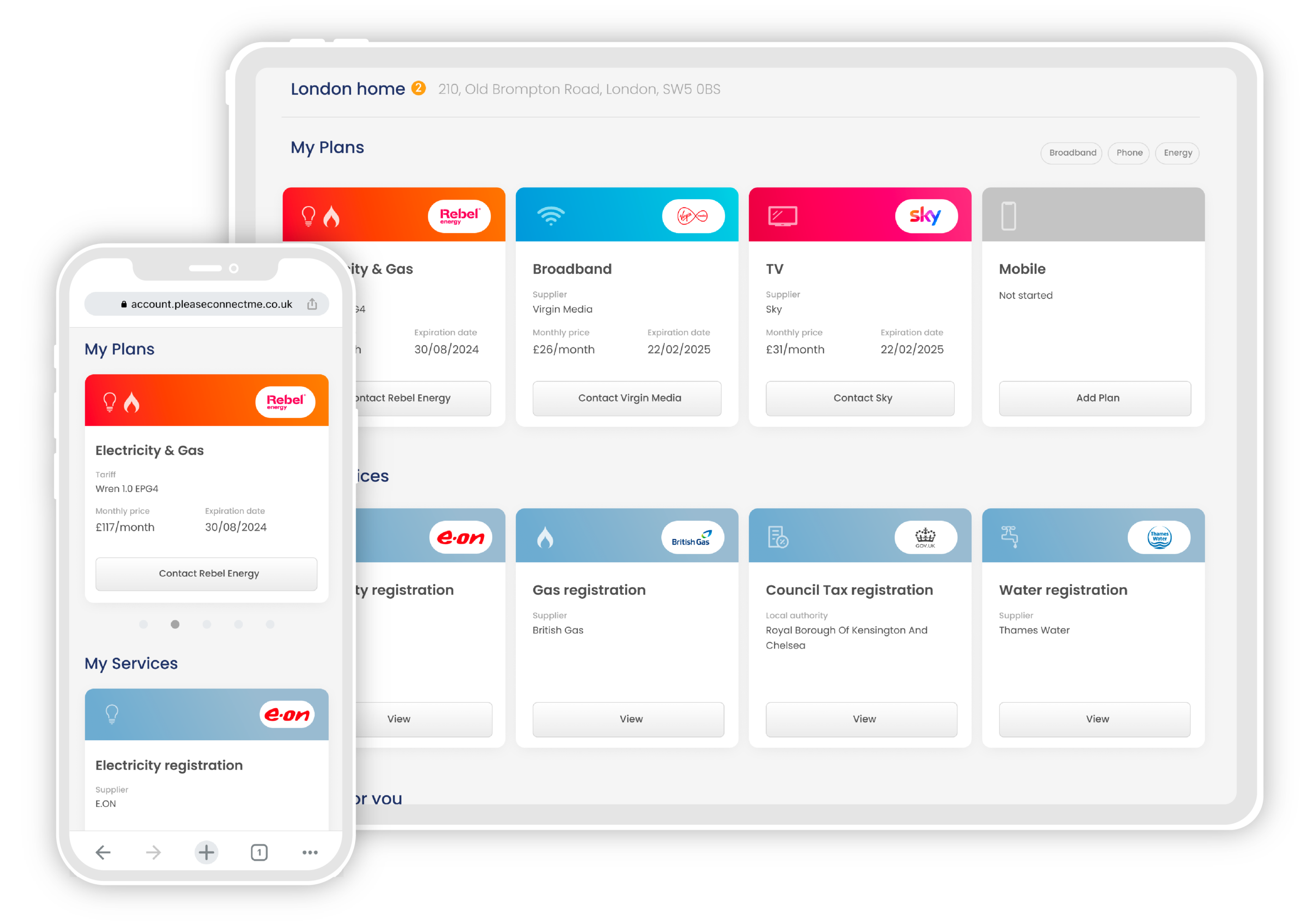Here’s how to defrost your freezer to help it run at maximum efficiency, and keep your electricity bills down.
Frost building up in your freezer doesn’t just limit the amount of food you can fit inside. It also makes it harder for your freezer to keep cool, especially if it builds up around the fan. This means the appliance uses more electricity for the same function.
Luckily, defrosting your freezer is a simple process. We’ve broken it down into a step-by-step guide, as well as given our top tips for a quick defrost and how often you should defrost your freezer.
Why should you defrost your freezer?
Defrosting your freezer can be tedious, but it’s also important to keep the appliance running well. Too much ice makes it more difficult for the freezer to regulate its temperature, increasing the amount of electricity it uses.
Using their energy smart meter, one household found that when their freezer was filled with ice their daily electricity costs increased by more than 60p a day. Defrosting it brought their spending back down immediately. Therefore, keeping your freezer clear of ice could save you more than £200 a year on your energy bills.
Having a defrosted freezer is also much more convenient for daily use. The more ice, the less space you have to freeze food!
What do you need to defrost a freezer?
When you’re ready to defrost your freezer, gather these supplies:
- Old towels
- A washing-up bowl
- Sponges or cleaning cloths
- Multi-surface cleaner
- Cool bag
- Ice blocks or frozen water bottles
How to defrost a freezer (step by step)
Once you have your supplies assembled, these are the steps to easily and safely defrost your freezer.
1. Empty out the food
Any frozen food will thaw during the defrosting process, so the first step is to empty your freezer. Try to eat frozen food ahead of time, and use this as a chance to throw away anything that’s expired. For the food you do want to keep, move it to the fridge or – if there isn’t space – a cool box. Pack the box full of ice blocks, or freeze water bottles ahead of time, to keep everything cool.
2. Turn your freezer off
Unplug your freezer at the wall to make sure it’s completely off. Leave the plug on a counter or elevated surface so it doesn’t get wet. Never try and defrost a freezer that’s still plugged in.
3. Take out any drawers, shelves or compartments.
The ice will thaw more quickly if the freezer is as empty as possible. If the fittings are frozen in place, wait a few hours for them to come loose rather than pulling them out and potentially damaging them.
4. Soak up the water
As your freezer thaws the ice melt will collect as a puddle of water. Pack old towels around the base of your freezer to collect this and stop your kitchen from flooding. A washing up bowl inside the freezer will also catch chunks of ice that break off.
5. Clean your freezer
While you have them removed, wipe down the drawers and shelves with multi-surface cleaner or washing up liquid. Then, once the defrost is complete, clean the inside of the freezer itself before you plug it back in.
6. Wait
Now is the time to leave your freezer door open and wait. Defrosting your freezer takes time. Allow at least 24 hours for the ice to melt, and potentially longer if a lot of ice has built up.
While there are some hacks that supposedly help speed up the process, these are dangerous and likely to damage your freezer or injure you!
7. Set it back up
Once all the ice is clear, plug your freezer back in and wait for the temperature to drop. Then, pack your frozen food back inside and enjoy the extra space and smoother running.
How long does it take to defrost a freezer?
Defrosting a freezer typically takes at least 24 hours. It can take longer if there is significant ice build-up, or if your freezer is very large.
To speed up the process, defrost your freezer regularly at the first sign of ice collecting on the inside. The more frequently you thaw the ice the less time it will take.
How to defrost a freezer quickly
While there are a few popular methods to remove ice more quickly these will damage your appliance, causing more problems in the long run and potentially leaving it unusable.
You may see suggestions to apply heat to the ice, either using a hairdryer or boiling water. However, this is likely to damage the seals around your freezer, making it harder for it to stay cool, and can even destroy the electric components.
Another common suggestion is to use a knife to remove large pieces of ice. This not only risks puncturing the seal or inner wall of your freezer but is also dangerous for you.
Why does my freezer frost up?
Ice and frost form inside the freezer when warm, wet air from outside reaches the cold condenser coils inside. While this is unavoidable, at least if you want to use your freezer, minimising temperature changes will help stop ice from forming. This means not opening the freezer door if it’s not necessary, and keeping it open for as short a time as possible.
If you find ice forms quickly, it might indicate a bigger problem. Check that the seals around the freezer door are intact. You shouldn’t feel any cold air escaping when you run a hand around the outside of the closed door. You should also check the airflow at the back of the appliance is clear. Pressing the freezer too closely against the wall or allowing dust to clog the vent makes it harder for your freezer to maintain a stable temperature.
You should expect to defrost your freezer twice a year, but if you need to do it more regularly it indicates an issue. Look at getting your appliance serviced, or upgrading to a more energy-efficient model.













